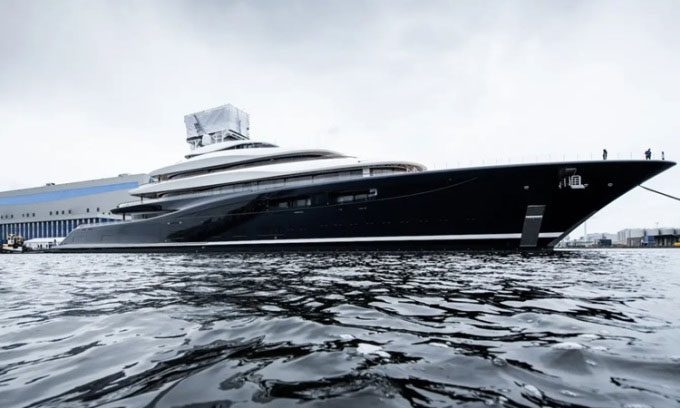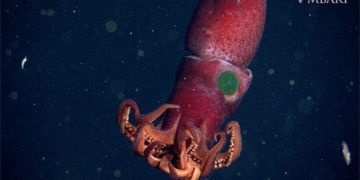Feadship has introduced a revolutionary model of a hydrogen fuel cell superyacht that promises to transform the luxury vessel industry.
Project 821 is the world’s first hydrogen fuel cell superyacht, designed to make luxury transportation more environmentally friendly. Unveiled in early May by the Dutch shipyard Feadship, Project 821 took five years of design and construction. Measuring nearly 8 meters in length, this diesel-free vessel has a shorter range compared to standard superyachts on the market, but its amenities run entirely on emission-free green hydrogen, according to Popular Science.

Project 821 superyacht took 5 years to complete. (Image: Feadship).
Hydrogen fuel cells generate energy by converting extremely lightweight liquid hydrogen into electricity stored in lithium-ion batteries. Unlike the toxic fumes from fossil fuel engines and other pollutants, hydrogen fuel cells only emit harmless water vapor. This technology has been expensive and logistically challenging for many years, but recent advancements have allowed designers to integrate green solutions into vehicles, aircraft, and vessels. However, Feadship’s engineers still face numerous challenges.
Despite being very lightweight, liquid hydrogen must be stored in a cryogenic tank at -253 degrees Celsius in a separate compartment on the yacht. According to Feadship, liquid hydrogen requires storage space that is 8 to 10 times larger for the same energy output produced by diesel fuel. As a result of needing to accommodate liquid hydrogen, 16 fuel cells, an electrical cabinet, and a venting system to discharge vapor, the vessel’s size increased by 4 meters compared to the original design.
Project 821 also meets the typical demands of a superyacht, featuring five decks above water and two below. In total, there are 14 balconies and 7 protruding decks that house a swimming pool, hot tub, sauna, two bedrooms, two bathrooms, a gym, dining area, office, living room, library, and a promenade area.
However, currently, this model must remain relatively close to the port. Project 821 cannot generate or store enough electricity for long journeys, but it can operate for a week at anchor or travel short distances at a speed of 18.5 km/h when leaving port, according to Feadship.
“We have demonstrated that the cryogenic storage of liquid hydrogen inside a superyacht is a feasible solution,” stated Feadship director Jan-Bart Verkuyl. “Other fuel cell initiatives will be introduced soon.”


















































